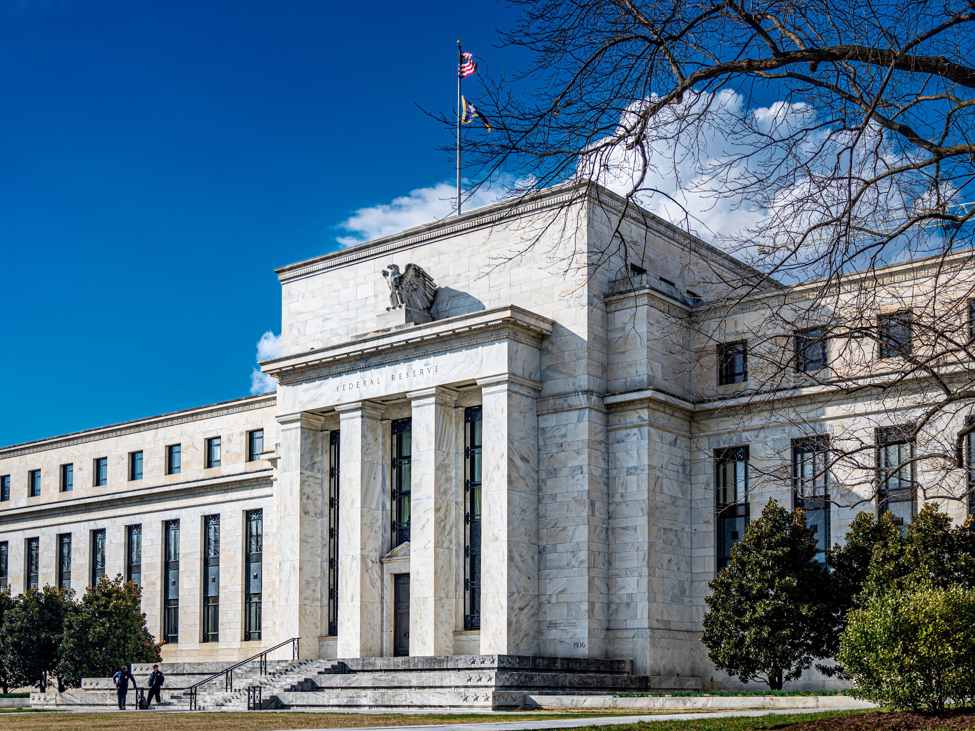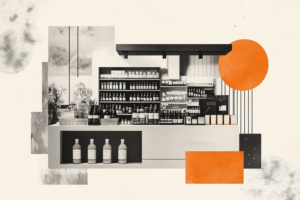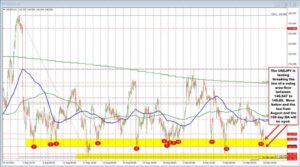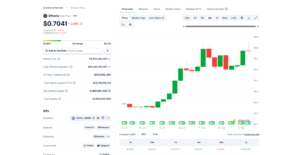Fed’s Bostic: Key for the Fed is if the tariff price rise is more persistent

Atlanta Fed Pres. Rafael Bostic is speaking and says:
-
Outlook is for the economy to continue slowing, but also expect real uncertainty about what that means for jobs and inflation
-
Firms still in wait and see pattern around employment
-
Likely to be upward pressure on prices for six to 12 months, that puts pressure on the Fed
-
The most important question for the Fed is whether tariffs will shift prices once or more persistently
-
Policymakers would not respond to a one-time price shift, but there are compelling reasons to be skeptical
-
That way tariffs are unfolding make it hard to pin down the impact, and suggest the episode will last much longer than people anticipated
-
Businesses are using a mix of approaches in changing prices, ongoing discussion could shift expectations
-
Feel businesses will continue adjusting to tariffs well into next year.
-
Fundamentals of the economy are still quite solid
-
Stress on lower income consumers has been building, excess savings from the pandemic have been spent.
-
Jobs revisions were quite large, showing chairman and turbulence in the economy.
-
Have not seen signs of a dramatic slowdown in the labor market in the southeastern states
-
The July jobs report did cause a shift in the thinking about how the Fed is doing on its employment mandate.
-
The number raises a question of whether the US is still at full employment, and whether risks are more balanced now.
-
Tariffs cannot be looked through because they are meant to induce structural change, potentially leading to more persistent impacts.
The takeaway from Fed’s Bostic is a little more cautious. There is no guarantee that the price hikes from tariffs will be one time, and that is the key to those that officials sitting on the fence.
Yesterday Fed’s Kashkari seemed to dismiss that risk, saying that the risks of not cutting could be great as well, and that the Fed could subsequently raise rates if they are wrong about the inflation impact. He seems to be shifting the other way toward concerns about employment and a slowing economy, while Bostic is still on the fence with a bias leaning toward inflation.
The Fed is at a crossroad with some on the “I am worried about jobs” and some on the “I am worried about inflation” with others still sitting on the fence with the lean..




